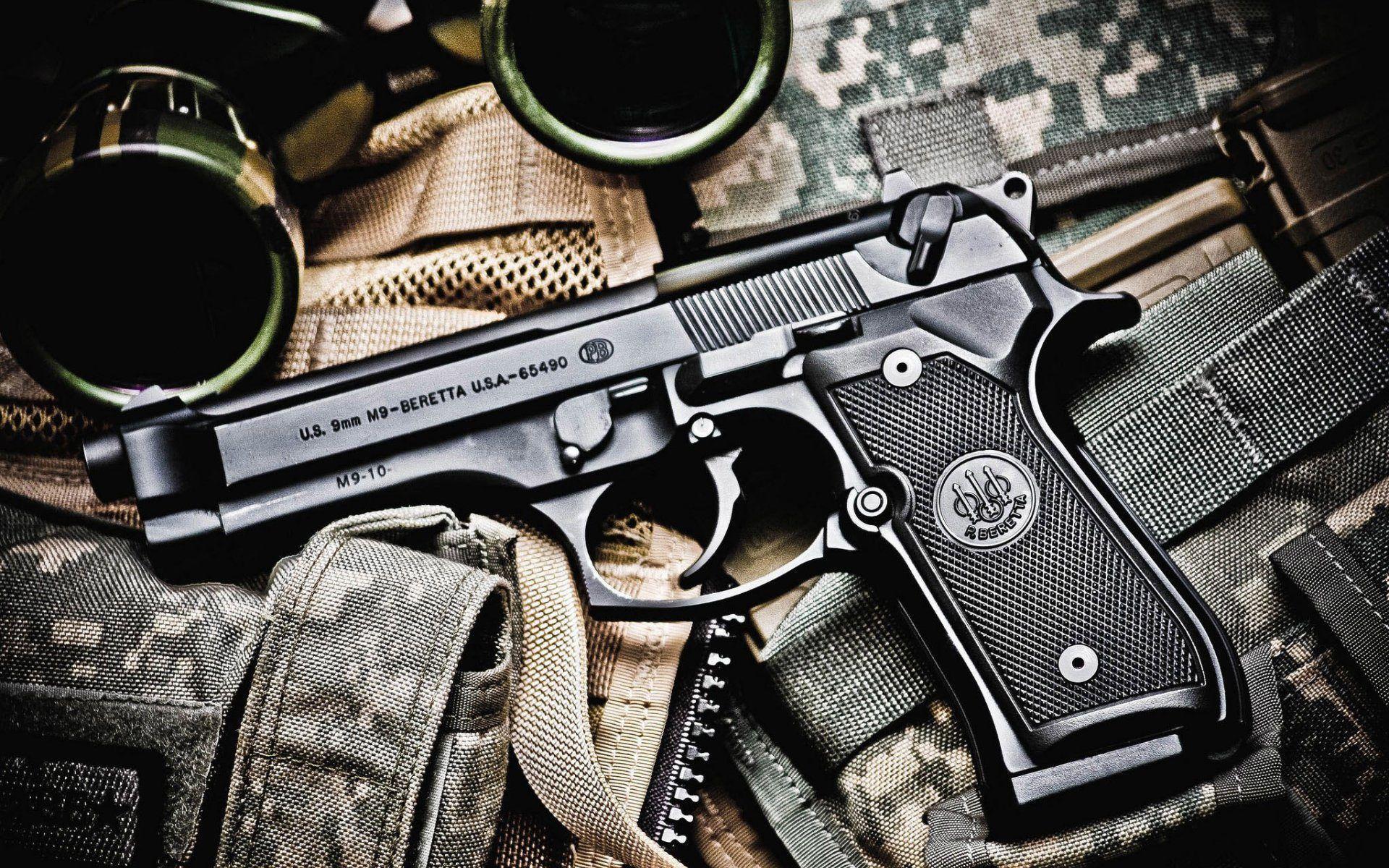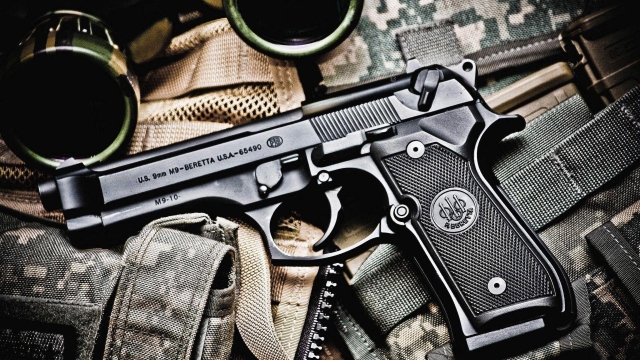Firearms have a long-standing history as powerful tools that have helped shape the world we live in today. From early arquebuses to modern-day assault rifles, these weapons have played a critical role in warfare, self-defense, and law enforcement. With their ability to propel ammunition at high velocity, firearms are capable of exerting a force so great that it can be both feared and respected. In this article, we will delve into the intricate mechanisms of firearms, explore the different types of ammunition they employ, and examine their impact on society. So, lock and load as we embark on a journey to unveil the power of firearms.
Understanding Ammunition
In order to fully grasp the power and functionality of firearms, it is essential to have a thorough understanding of ammunition. Ammunition is the key component that enables firearms to deliver their deadly force. Without it, firearms would simply be inert objects.
Ammunition, sometimes referred to as "ammo," is a combination of different elements meticulously designed to achieve a specific purpose. It is composed of both a cartridge casing and a projectile. The cartridge casing holds all the necessary elements of ammunition together, while the projectile is the bullet that is propelled forward when a firearm is discharged.
Inside the cartridge casing, there are several critical components. These include the primer, powder, and bullet. The primer is a small, sensitive explosive compound that, when struck by the firing pin of a firearm, ignites the powder. The powder, also known as propellant, is responsible for generating the energy needed to propel the bullet out of the firearm’s barrel.
The bullet, which is often made of lead or a combination of different metals, is the actual projectile that is expelled from the firearm. It is designed to be aerodynamic, allowing it to travel through the air with minimal resistance and maintain stability.
Different types of ammunition exist for various purposes and firearms. From small, low-powered rounds used in pistols to larger, high-powered rounds utilized in rifles, the options are vast. Some ammunition is designed for accuracy, while others prioritize stopping power or penetrating capabilities.
Understanding ammunition is crucial not only for firearm enthusiasts but also for ensuring proper and safe firearm usage. Being knowledgeable about the different characteristics and capabilities of ammunition can help individuals make informed decisions when it comes to firearm selection and use.
Exploring Different Types of Firearms
In the wide world of firearms, there exists a plethora of options to suit various needs and preferences. Let’s dive into some of the different types available:
Rifles: These long-barreled firearms are designed for accuracy at longer distances. They typically have a shoulder stock, which helps with stability and control. Rifles can be categorized further into bolt-action, semi-automatic, or fully automatic, each offering different levels of firing mechanisms and capabilities.
Reserve Your SpotShotguns: Shotguns are known for their wider muzzle and the ability to fire a spread of projectiles, commonly known as shot. They are versatile weapons, serving purposes ranging from hunting to self-defense. Shotguns can be pump-action, break-action, semi-automatic, or fully automatic.
Handguns: These firearms are designed to be held and operated with one hand, making them more compact and portable. There are two main types of handguns: pistols and revolvers. Pistols are semi-automatic and have a detachable magazine, while revolvers have a rotating cylinder that holds multiple rounds.
Each type of firearm has its own unique characteristics and strengths, catering to specific applications. Understanding these differences can help individuals make informed decisions when it comes to choosing the right firearm for their needs.
The Role of Firearms in Society
Firearms have long played a significant role in shaping the dynamics of societies across the world. Historically, they have been used for protection, self-defense, and as tools for hunting and gathering. However, in modern times, their role has expanded beyond these traditional purposes.
The development and widespread availability of firearms have also had significant implications for law enforcement agencies. With their power and efficiency, firearms enable authorities to maintain public safety and deter potential criminal activities. In this capacity, firearms serve as essential tools for upholding law and order in society.
Furthermore, firearms have become integral to recreational activities for many individuals. Shooting sports, such as target shooting and competitive shooting events, have gained popularity over the years. These activities not only provide an outlet for enthusiasts but also promote discipline, concentration, and precision.
It is important to acknowledge that firearms also carry potential risks and responsibilities. Incidents involving the misuse of firearms have raised concerns about safety and the need for strict regulations. Proper education and training are crucial in ensuring firearms are used responsibly, preventing accidents, and minimizing harm.
In conclusion, firearms have a multifaceted role in society. From their historical significance to their modern-day applications, firearms have impacted various aspects of our lives. Proper understanding, responsible use, and effective regulations can contribute to harnessing the power of firearms for the betterment of society.




